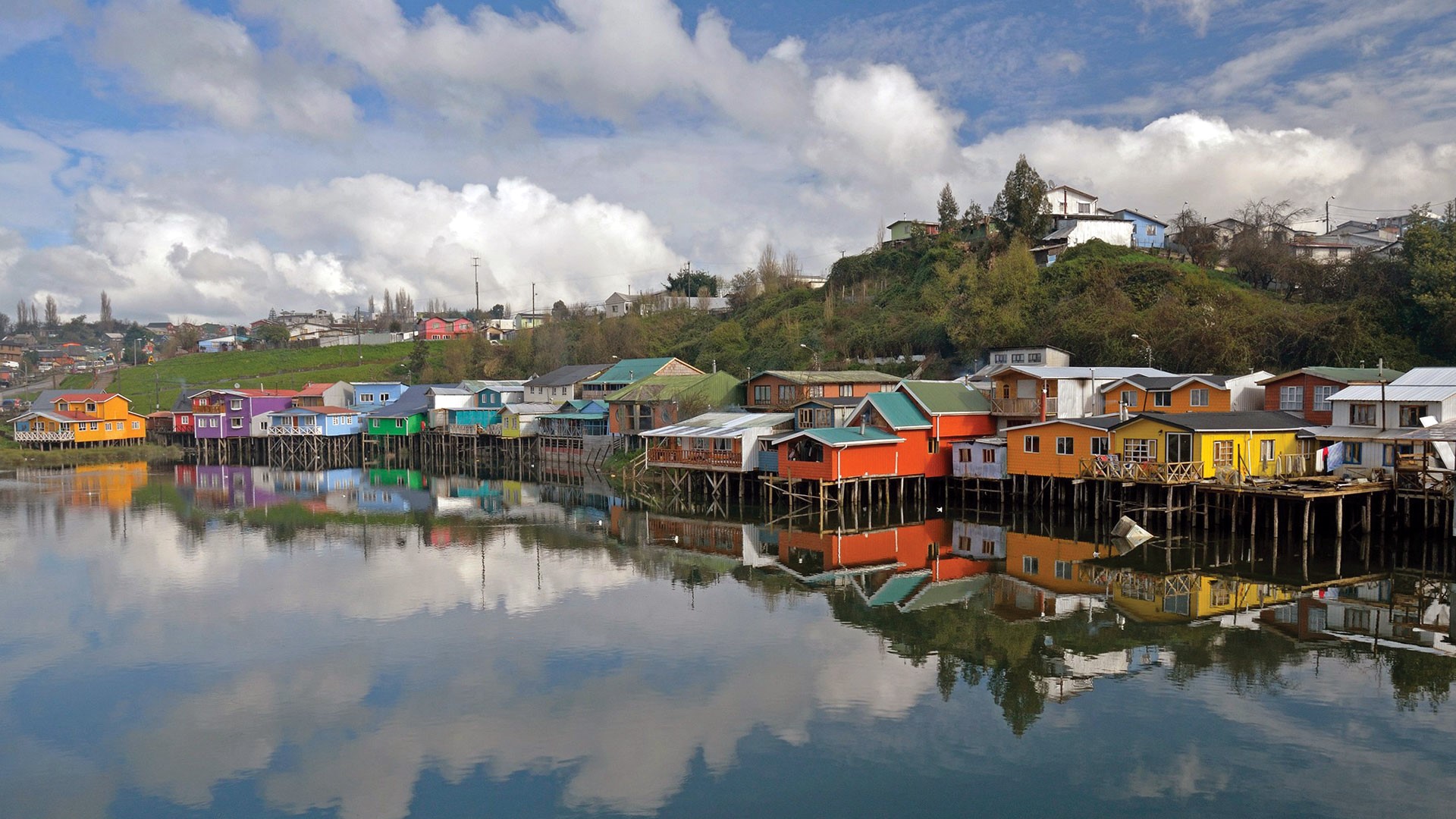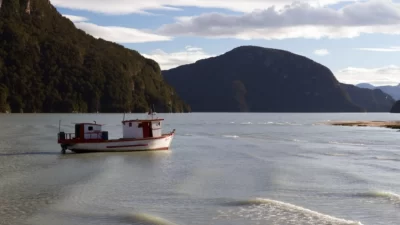
This area of Chile is near where I live all year long. It is a natural beauty. It is completely different than the lake region in Argentina because it is not as high but at sea level. The volcanoes look like they are rising up from the ground. This area is a paradise to combine tourism, culture and outdoor activities with a lot of different sites.
Chiloé Island between lakes and volcanoes
Chile is a very intense seismic area with more than 2000 volcanos, some of them being still alive. In the North of Chilean Patagonia, there is a chain of volcanoes, each more beautiful than the other. The first one, to the north, is the Osorno, a wonderful snowy cone-shaped with a perfect design. A lot of pure blue lakes are giving this area an unreal atmosphere like the Villarrica, the Ranco, the Puyehue, the Llanquihue, the Todos Los Santos and many others.
If you enjoy the great outdoors, you will love the hiking, the climbing, rafting, fishing or simple ballads on pure waters of altitude lakes surrounded by mountains. There are even some lakeside beaches, hot springs and ski resorts.
The northern part of this region is often called Araucania. It is in this region that lives the Mapuche tribe from Chile. This tribe, who gave up its land only at the end of the 19th century was the largest Araucanian tribe. It is nowadays still the largest native American group from South America.
Discovery of the Chiloé archipelago
The Chiloé Island is really in the heart of traditional Chile. There are no spectacular landscape but you will meet people who are still keeping alive the legends and traditions of this area. I strongly recommend to stay a couple of nights there and to live with these wonderful people.
Chiloé Island can be compared to “Terre-Neuve” or to “Corsica”, because it is an island of course, but also because of cultural exceptions which differentiate its inhabitants from the continental ones.
The town of Castro, a bit stark in the winter, comes to life in the summer with Chilean tourists, leather and wool trade. Its wooden made cathedral is the most surprising religious building of the country. Castro’s bay uncovers lots of shells at low tide. Its legends and fascinating myths are still living. It is a very nice place to settle down with green hills, wooden churches, small fishing boat, houses on stilts “Palafitos”. You will be sent out of time.
 English
English Español
Español Français
Français

